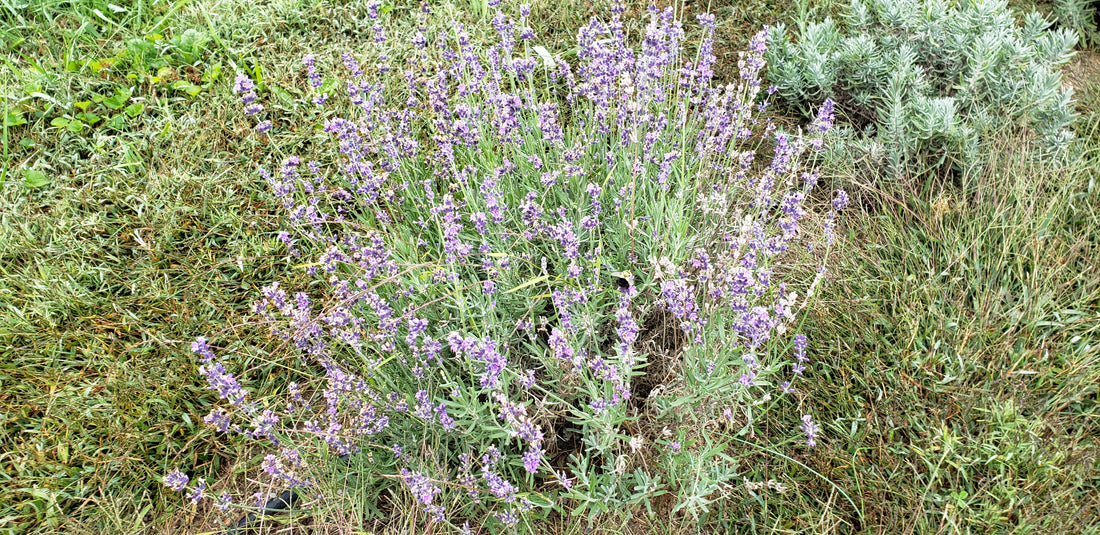Lavender's beautiful scent lingers in your mind. Primarily since it's been extensively used in many beauty and aesthetic products. But, lavender has a long history in medicine. Its multiple healing properties have been documented for centuries. Today, through modern science, we know the claims of the past are valid.
The flower was first cultivated in the Mediterranean and North Africa. Today, there are more than 30 different species.
How were its medicinal effects first discovered? That traces back more than 2500 years ago.
Brief History of Lavender
In ancient Egypt, Lavender was used in cosmetics and as an antiseptic when embalming. It was exclusively used by royal families and high priests.
In ancient Greece, the lavender plant was referred to as Nardus (named after the Syrian city of Narada). The Greek physician Theophrastus in his book called "Concerning Odors," talked about lavender. It claimed the plant can heal through scent.
Like the Egyptians, the Romans recognized how lavender can be used as an antiseptic. They also discovered lavender's healing properties and how it's great for laundry! A Greek physician living in Rome documented lavender in his book "De Materia Medica." It noted that when taken internally, lavender relieves indigestion, headaches, and sore throats. When applied externally, lavender cleanses wounds, burns and treats skin ailments. In Rome, Lavender cleansed hospital rooms and was sprinkled during religious ceremonies.
Arabs used De Materia Medica in their own practices. Around the 7th century, Arab culture dominated the Mediterranean. That is how lavender was brought to Spain. Through the Spanish port, it was subsequently spread throughout Europe.
Lavender in Medicine
When you think about medicine, your first thoughts are hard to swallow pills and tablets. Lavender, though, has a pleasant aroma and unique taste when used as a medicine. Although most studies on lavender have been small, its use is wide.
Insomnia or Agitation
Scientific evidence suggests that aromatherapy with lavender slows the nervous system. Also, a lavender massage can improve your sleep quality, concentration, and mood! Small studies claim lavender's scent reduces agitation in people with dementia.
Alopecia Areata
In one study, people with alopecia areata massaged their scalps with lavender daily. As a result, all patients saw more hair regrowth.
Fungal Infections
A published study found lavender oil effective in combating fungal infections. In addition, lavender killed a plethora of fungus strains that cause skin disease. The study showed that Lavender oil demonstrates antifungal activity on a broad spectrum.
Wound Healing
Researchers compared lavender, saline solution, and iodine, seeing which one helped heal wounds faster. The study noted that wounds closed quicker with lavender oil than in the control groups. These findings suggest that lavender has an acceleratory effect on wound healing.
Lavender, It’s Not Just for Beauty.
It's been used to beautify Egyptian royalty or treat modern-day hair loss. However, its many properties are one of the things that make it unique. It's a must-have for your kitchen or medicine cabinet. Its uses have been proven scientifically and throughout history!
Source:
“History of Lavender.” CACHE CREEK LAVENDER, www.cachecreeklavender.com/
“Lavender.” Mount Sinai Health System, www.mountsinai.org/health-
Nordqvist, Joseph. “What Are the Health Benefits and Risks of Lavender?” Medical News Today, 4 Mar. 2019, www.medicalnewstoday.com/articles/265922 .

